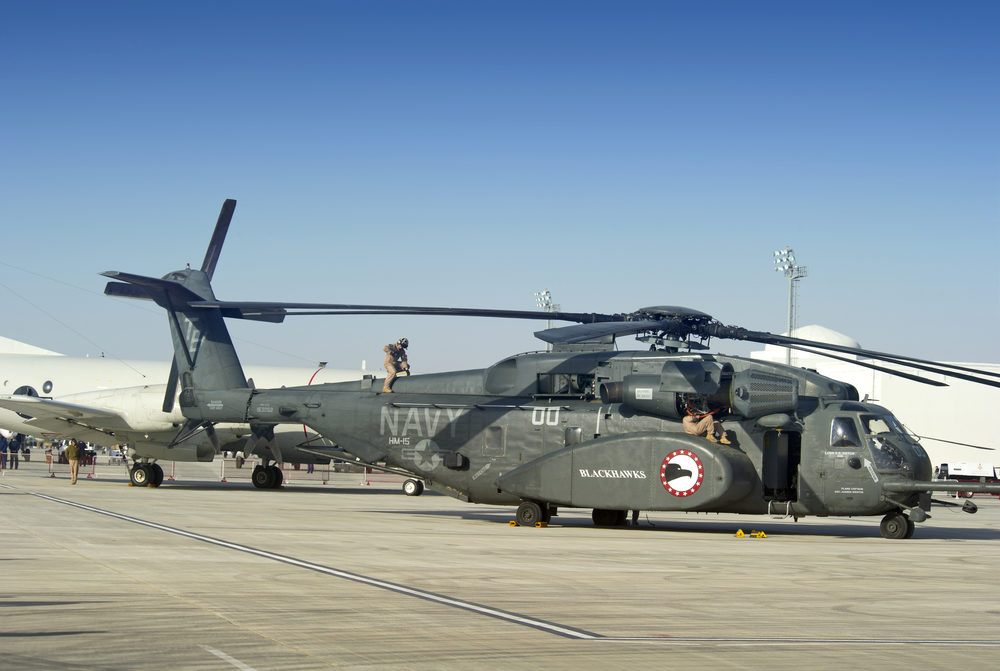Sea King Helicopters Linked To Asbestos Exposure Risk

Thousands of military personnel may have been exposed to a risk of mesothelioma, asbestosis or other diseases while working with Sea King helicopters, which a recent report suggests may have resulted in asbestos exposure since the military helicopters went into service roughly 50 years ago.
According to a report published last week in the U.K.’s Daily Mail, defense chiefs from Britain’s Armed Forces issued an alert to thousands of engineers from Britain’s Royal Air Force and Royal Navy, warning they may have been exposed to asbestos while working on Sea King helicopters, posing an increased risk of the lung cancer. However, military personal in the United States may have also faced an asbestos exposure risk from Sea King helicopters that are widely used.
The story indicates the Ministry of Defence launched an urgent operation to remove asbestos containing material from its Sea King helicopters and military stores. Warnings were also sent to all divisions of military that had contact with the helicopters, especially engineers who would have been most susceptible to asbestos fibers.

Learn More About
Exposure to asbestos can cause the development of mesothelioma. Lawsuits have been filed nationwide against asbestos manufacturers.
Learn More About this Lawsuit SEE IF YOU QUALIFY FOR COMPENSATIONThe warning was released after a report found New South Wales Petty Officer Greg Lukes, an aviation technician who maintained Sea Kings died from an aggressive form of cancer believed to have developed from exposure to asbestos, petrol or other toxins while working on a naval base.
The Ministry of Defence pledged to make their fleet asbestos free within two years in 2003, but has yet to reach that goal.
Sea King helicopters containing asbestos have been in production since they were first introduced in the United States Navy in 1961, as the first amphibious helicopter, primarily to be used to find and attack Soviet submarines.
Sea King helicopters have potentially put many American servicemen and women in jeopardy of mesothelioma risks. Sea Kings were used in the U.S. for decades and are still used for a variety of tasks such as cargo transport and as utility aircraft.
Asbestos has been used in a variety of manufacturing and building industries, but most uses in the United States were banned more than 30 years ago due to concerns that it may cause a variety of ailments, such as lung cancer, asbestosis, and mesothelioma, which may not surface until decades after exposure. Given the long latency period between exposure to the substance and the development of mesothelioma, asbestos exposure continues to cause up to 15,000 deaths each year.
Mesothelioma is a rare form of cancer caused by exposure to asbestos and breathing asbestos fibers. It is a lethal disease that is often at a very advanced stage when a diagnosis is made, resulting in a very short life-expectancy. Mesothelioma lawsuits have been brought against a variety of manufacturers in recent decades, making up one of the largest mass-tort in U.S. history, with more than 600,000 people having filed a lawsuit against more than 6,000 defendants due to injuries caused by inhaling asbestos fibers.
Get more articles like this sent directly to your inbox.
"*" indicates required fields






0 Comments